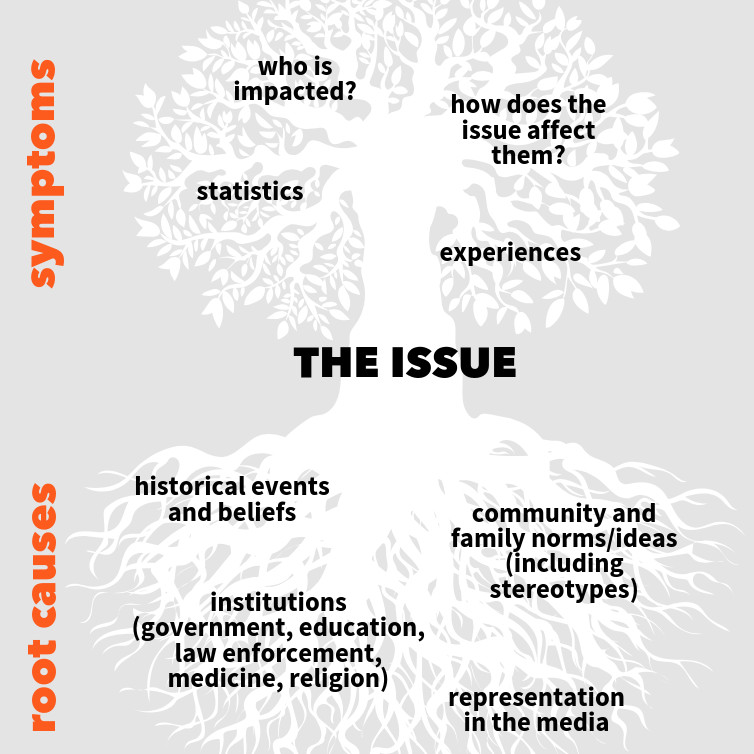

Environmental Factors:
Factors that can influence us over which we have no control.
Factors that one cannot influence oneself, such as the political situation, economic situation, language, religion, culture, customs, atmosphere, etc.
Page Description
How environmental factors – wrongful convictions, tragedies, and institutional failures – shape lives and challenge societal justice.
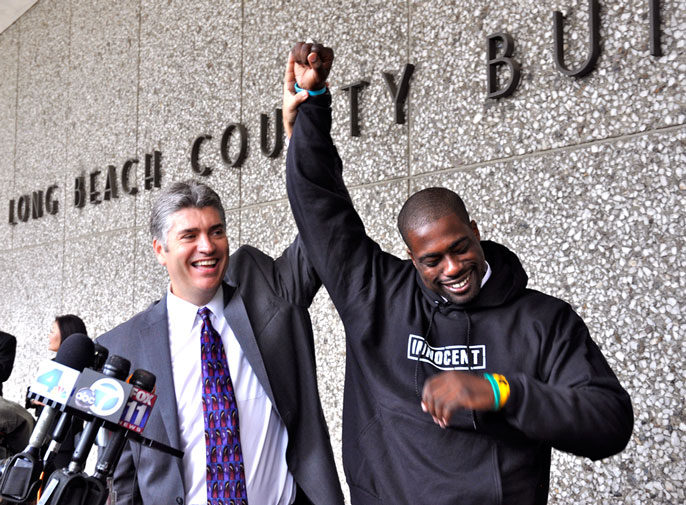
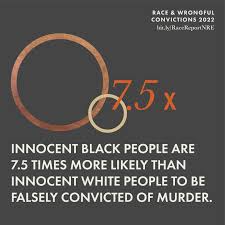
Introduction Environmental Factors
Environmental factors are external influences beyond our control, yet they shape and guide much of our lives. These factors include political situations, economic conditions, cultural norms, language, religion, and societal customs. While we cannot alter these influences, they often play a significant role in shaping individual experiences, societal structures, and, in some cases, contribute to injustices or wrongful convictions. This page explores how such uncontrollable forces can affect outcomes and decisions in various aspects of life, from legal systems to social issues, highlighting real-world examples where these factors have had profound impacts
Omgevingsfactoren zijn externe invloeden buiten onze controle, maar ze bepalen en sturen een groot deel van ons leven. Deze factoren omvatten politieke situaties, economische omstandigheden, culturele normen, taal, religie en maatschappelijke gebruiken. Hoewel we deze invloeden niet kunnen veranderen, spelen ze vaak een cruciale rol in het vormgeven van individuele ervaringen, maatschappelijke structuren en, in sommige gevallen, het bijdragen aan onrecht of onterechte veroordelingen. Deze pagina onderzoekt hoe dergelijke oncontroleerbare krachten uitkomsten en beslissingen in verschillende aspecten van het leven kunnen beïnvloeden, van rechtssystemen tot sociale kwesties, en belicht praktijkvoorbeelden waarin deze factoren een diepgaande impact hebben gehad.
1 Root causes of wrongful convictions
When Barry Scheck or other advocates speak about wrongful convictions and the reasons for a failing justice system, they often highlight various contributing factors and root causes. In the case of John Bunn and similar incidents, the key points typically include:
Police Misconduct: One of the primary contributing factors is police misconduct. In cases like John Bunn’s, wrongful convictions can result from corrupt or unethical behavior by law enforcement officers. This may include planting evidence, coercion, false testimony, or other actions that lead to unjust arrests and convictions.
Eyewitness Misidentification: Eyewitness misidentification is a common factor in wrongful convictions. Mistaken identity by eyewitnesses can lead to the arrest and conviction of innocent individuals.
Inadequate Legal Representation: Many wrongful convictions occur when individuals do not have access to effective legal representation. This can be due to financial constraints, overworked public defenders, or inexperienced defense attorneys.
False Confessions: In some cases, individuals may provide false confessions due to coercion, intimidation, or mental health issues. These false confessions can lead to wrongful convictions.
Inadequate Evidence: The lack of strong physical evidence or the reliance on weak or circumstantial evidence can contribute to wrongful convictions. It’s essential to have a robust body of evidence to support a guilty verdict.
Systemic Issues: Contributing factors can also include systemic issues within the justice system, such as bias, racial disparities, and procedural flaws. These issues can lead to unjust outcomes.
Lack of Accountability: In cases of police misconduct or prosecutorial misconduct, the lack of accountability for these actions can perpetuate wrongful convictions. It’s crucial to hold individuals and agencies accountable for their actions.
Ineffective Criminal Justice Policies: Some root causes of wrongful convictions lie in ineffective criminal justice policies, such as harsh sentencing laws or a focus on conviction rates over justice.
Lack of Post-Conviction Remedies: The absence of effective mechanisms for reviewing and addressing wrongful convictions post-conviction can lead to innocent individuals languishing in prison.
Public Pressure and Media Influence: Public pressure and media influence can sometimes lead to hasty arrests and convictions in high-profile cases, as seen in cases like the Central Park Five.
Inadequate Forensic Science: Errors or misuse of forensic science, including inaccurate or outdated techniques, can contribute to wrongful convictions.
Social and Economic Factors: Social and economic factors, such as poverty, racial discrimination, and lack of education, can also play a role in wrongful convictions.
Ineffective Oversight: The lack of effective oversight mechanisms for the actions of law enforcement, prosecutors, and the judiciary can contribute to wrongful convictions.
Mandatory Minimum Sentences: Mandatory minimum sentencing laws can result in individuals receiving disproportionately long sentences for crimes they did not commit.
To address these contributing factors and root causes of wrongful convictions, advocates like Barry Scheck often work on reforms related to police accountability, legal representation, eyewitness identification procedures, forensic science standards, and overall criminal justice policies. Additionally, efforts are made to improve post-conviction remedies and to raise public awareness about the importance of a fair and just legal system.
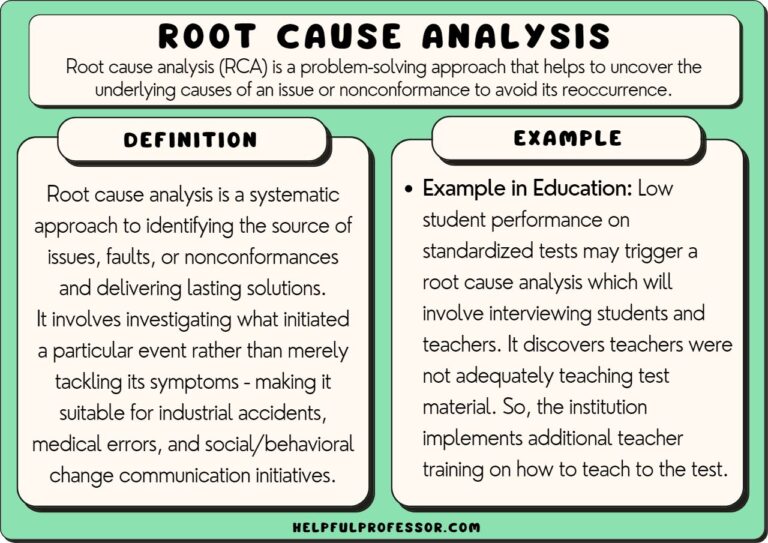
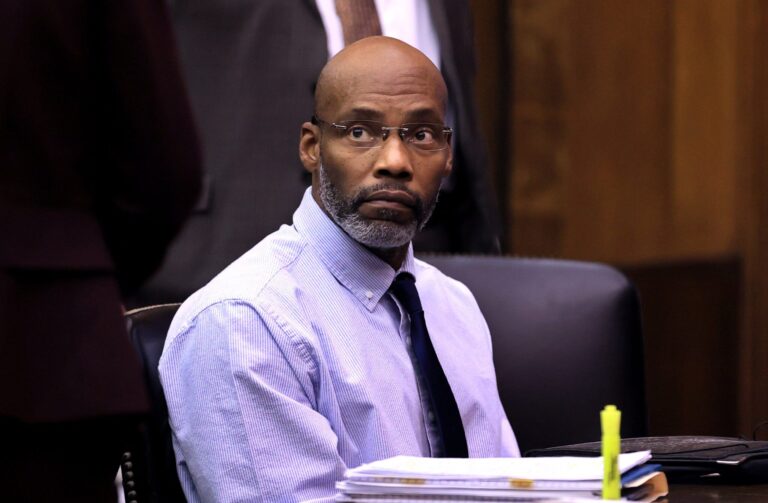
Lamar Johnson is a powerful example of resilience and the fight against injustice. His story revolves around his wrongful conviction and eventual exoneration after spending nearly 28 years in prison for a crime he did not commit. Johnson’s case highlights systemic flaws in the criminal justice system, including issues like prosecutorial misconduct and the use of unreliable witnesses. In February 2023, he was freed after years of advocacy, with crucial support from organizations like the Midwest Innocence Project. His unwavering belief in his own innocence and the legal team’s determination made his exoneration possible.
The cases of Ryan Ferguson, Michael Morton, the Central Park Five (now known as the Exonerated Five), Anthony Ray Hinton, and Dr. Yusef Salaam are indeed powerful examples that highlight the complexities and challenges of rectifying wrongful convictions. These cases further emphasize important points:
Innocence Doesn’t Guarantee Freedom: Even with strong evidence of innocence, it can be incredibly difficult for wrongfully convicted individuals to secure their release. It often takes a significant effort from many people, including legal advocates, investigators, and the support of the public, to achieve justice.
Persistence and Advocacy: The wrongful convictions of individuals like Ryan Ferguson and Michael Morton were ultimately overturned due to the persistence and dedicated advocacy of legal teams, investigators, and organizations that work to uncover the truth. It often requires a concerted, long-term effort to prove innocence.
Coincidences and Confessions: In some cases, the revelation of the truth and exoneration of wrongfully convicted individuals comes about through unexpected events, coincidences, or the confession of the actual perpetrator. These events can be pivotal in setting right the wrongs.
Misplaced Trust in the Justice System: The cases of Anthony Ray Hinton and Dr. Yusef Salaam illustrate how some individuals within the justice system may be aware of a wrongful conviction but still resist efforts to correct it. This highlights the systemic challenges in admitting mistakes and rectifying them.
Importance of Legal Advocates: Dedicated and skilled legal advocates, like Bryan Stevenson and the legal teams involved in these cases, play a crucial role in helping to overturn wrongful convictions and achieve justice. Their work is often instrumental in securing the release of innocent individuals.
Public Awareness and Pressure: The support of the public, media attention, and public awareness campaigns can significantly contribute to the efforts to rectify wrongful convictions. Public pressure and scrutiny of cases can help uncover the truth and push for justice.
Long-Term Impact: These cases also demonstrate the long-term impact of wrongful convictions, as individuals may spend years or even decades in prison for crimes they did not commit. Reintegrating into society after such experiences can be challenging.
Calls for Reforms: High-profile cases of wrongful convictions have led to calls for reforms in the criminal justice system, including improvements in police investigations, prosecution practices, the use of forensic evidence, and post-conviction review processes.
These cases serve as compelling examples of the importance of continually striving to improve the criminal justice system and ensure that it delivers justice for all. They underscore the need for systemic changes, accountability, and the recognition that rectifying wrongful convictions often requires the combined efforts of many individuals and organizations, as Ryan Ferguson noted, “It takes an army to get out of prison.
2 The Herald of Free Enterprise
The “Herald of Free Enterprise” disaster in Zeebrugge, Belgium, had multiple contributing factors beyond just the open bow doors. In such cases, where there are various contributing factors or “omgevingsfactoren” in Dutch, it’s common in English to refer to these as “contributing factors,” “causal factors,” or “root causes.”
In the context of the Zeebrugge disaster, you could say that there were approximately 15 contributing factors that led to the disaster. Using “contributing factors” or similar terms in English would accurately convey the idea that multiple elements played a role in the incident. This terminology would make it clear that it was not solely due to the open gates and would better align with how such incidents are typically described in English.
3 Foot for Thought
The First Nations Residential Schools in Canada
The residential school system is older than Confederation itself, having lasted from 1831 to 1996, and represents a dark aspect of Canadian history. These government-sponsored, church-run schools aimed to assimilate Indigenous children by taking them away from their families and forcibly eradicating their cultural identity.
Herald of Free Enterprise 1987
The Herald of Free Enterprise disaster was a maritime tragedy that occurred on March 6, 1987, off the coast of Zeebrugge, Belgium.
It was on a routine trip from Zeebrugge to Dover, carrying 459 passengers, 80 crew members, and 81 vehicles.
The ferry departed Zeebrugge with its bow doors open, which allowed water to enter the car deck. The crew failed to notice this and did not take any corrective action.
The Story of The Costa Concordia
The Germanwings Flight 9525 Crash
On Dec. 11, 2008, Bernard L. Madoff confessed that his investment business was all “one big lie,” a Ponzi scheme that cost investors $65 billion.
Priest Daens The Story of Priest Daens: Unjust Justice in 19th Century Belgium
“Priest Daens” is a 1992 Flemish film directed by Stijn Coninx, based on the novel “The Awakened Conscience” by Louis Paul Boon. The film is a historical drama set in the late 19th century in Aalst, Belgium, and tells the story of Father Adolf Daens, a progressive Catholic priest who fought for the rights of the working class.

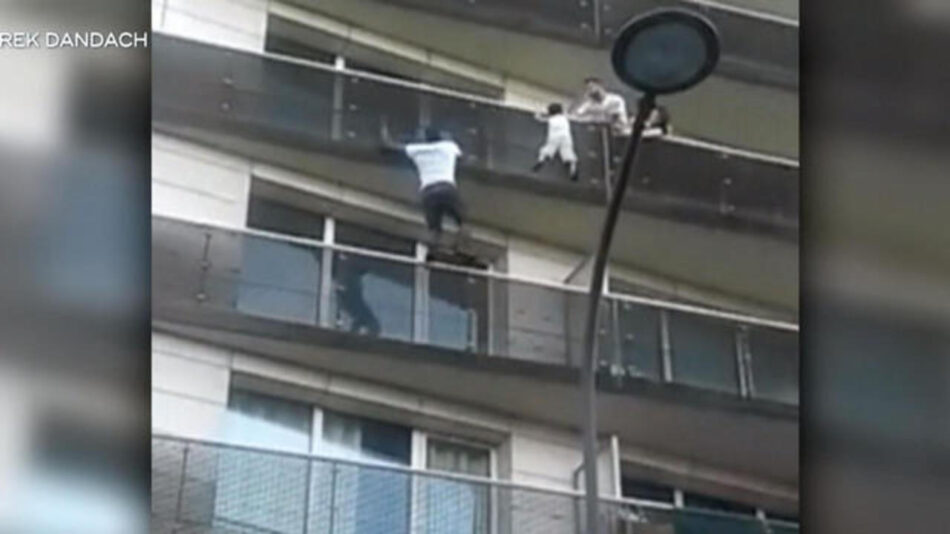
Immigrant saves boy dangling from a Paris balcony
4 The Mother and Baby Homes
The Mother and Baby Homes in countries like Ireland and the UK represent a painful chapter of societal and institutional injustice. These homes, operating from the 18th century to the late 20th century, were meant to house unmarried mothers and their children. However, many became places of profound neglect and abuse.
Children born in these homes were often forcibly adopted or subjected to poor living conditions, while their mothers endured mistreatment and societal stigma. The discovery of unmarked graves and the stories of survivors have exposed the harsh realities of these institutions, raising urgent questions about accountability, human dignity, and the lasting impact of such environments on individuals and society as a whole.
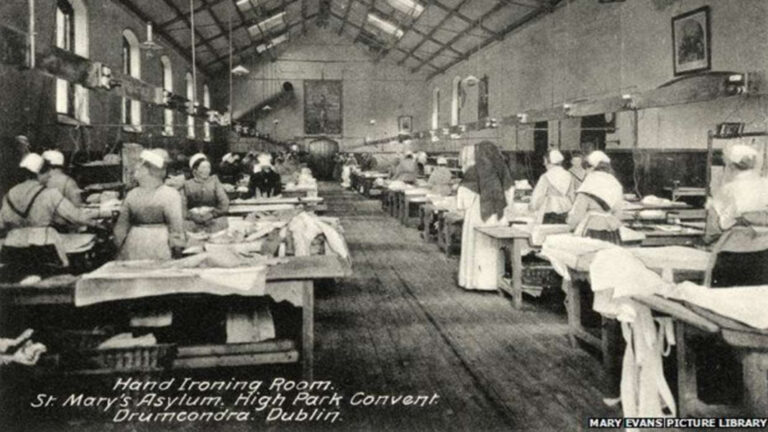
“They took my hair, they took my human rights, they took my clothes, they took my name, but they never took my spirit” – Mary Merritt
Mary Merritt was born in 1931 to a single mother in a Dublin workhouse. At the age of two, Mary was put into the care of the Sisters of Mercy in Ballinasloe. In 1947, at the age of 16 and for the crime of stealing an apple, she was put into the High Park Magdalene Laundry in Drumcondra in Dublin. Mary is 86 now. “To this day,” she says, “I do not know who my mother is”.
In a powerful interview with Cormac Fitzgerald of TheJournal.ie, Mary outlined the daily existence of psychological abuse and trauma she endured throughout her fourteen years in High Park, working through endless mountains of washing in the Magdalene Laundry run by the Sisters of Our Lady of Charity.
“We had a terrible time. We got up for Mass at 6 o’clock in the morning. We went in and we had a bit of breakfast, a bit of porridge, we went from there down to the laundry and we worked in the laundry then until 12 o’clock.
“Then we had cabbage and potatoes for our dinner and we went back down to the laundry again and we worked there until half past six/seven o’clock. And then they’d bring us in, then we would have prayers and we would go to bed. And that was our day every day of the week for 14 years. I’ll never forget it.”
During her time in High Park, Mary attempted to run away. She approached a priest and begged him for help. The priest raped her. Mary became pregnant as a result of the rape and was sent to a Mother and Baby Home, where her baby was taken from her, before she was returned to High Park.
Mary said the nuns didn’t usually physically abuse her while she was at High Park, but they broke her down mentally.
“They used to cut my hair and if I did anything wrong they’d bring me down to a room. It was small and we used to call it ‘the hole’. They’d put me in it with nothing to eat and no windows. Then they would cut my hair to the bone. And then they’d bring me up and make me apologise in front of the whole room, kiss the floor and apologise.”
Mary Merritt was turned out of the Laundry in 1969 at the age of 31. She had spent her entire life in institutions and she paints a desolate picture of sitting on a seat on Griffith Avenue, a lost soul dressed in rags, penniless after years of hard labour, with literally nowhere to go.
5 The Meaning of Environmental Factors

Environmental factors
An identifiable element in the physical, cultural, demographic, economic, political, regulatory, or technological environment that affects the survival, operations, and growth.
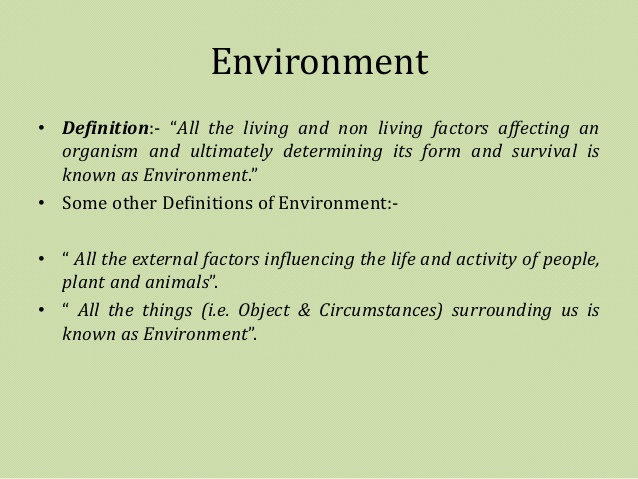
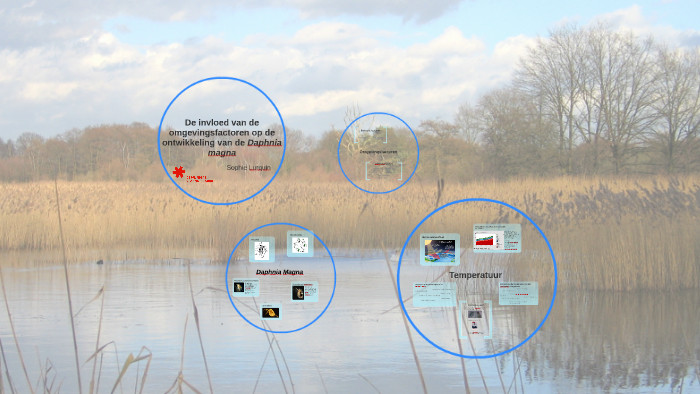
Sheep Dog Prank
26 mrt. 2011
Fright fright fright
I am paralysed
I analysed
That is not bright
Nor is it right
Life is no paradise
What is the future?
Is it torture?
My environment is rotten
I will make sure never to be forgotten
Delphine Boël